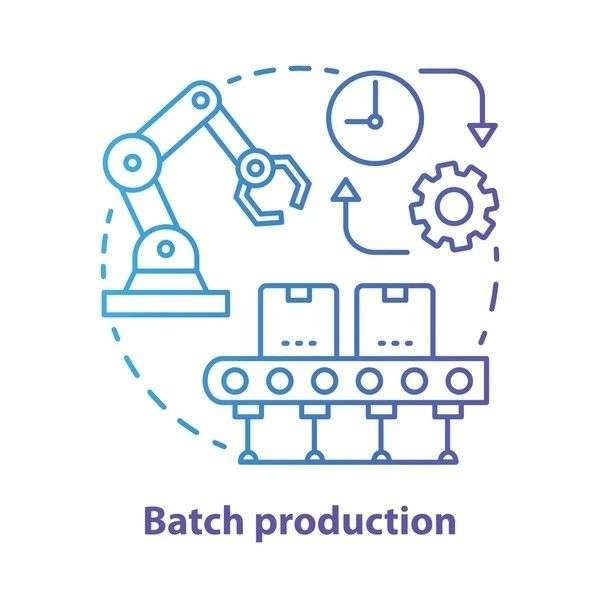In this article, we delve into batch production, its significance in manufacturing, and how it impacts efficiency and cost-effectiveness.
Table of Contents
What is Batch Production?
H2: Definition and Overview
Batch production refers to a manufacturing process where identical or similar products are produced in groups or batches. Each batch goes through the production process together before moving on to the next stage. This method is often used to accommodate varying customer demands while maintaining production efficiency.
Key Characteristics of Batch Production
- H3: Grouping: Products are manufactured in predefined groups or batches, typically based on size, specifications, or order requirements.
- H3: Setup: Equipment and machinery are set up to produce a specific batch size before transitioning to the next batch.
- H3: Flexibility: Allows for adjustments in production volume and product variety without completely reconfiguring production lines.
- H3: Efficiency: Optimizes resource utilization by minimizing setup times and maximizing production runs.
Example of Batch Production
H2: Practical Application
Let’s illustrate batch production with an example:
- H3: Scenario: A bakery produces different types of bread, including white, whole wheat, and rye.
- H3: Batch Setup: Each morning, the bakery prepares a batch of white bread, followed by batches of whole wheat and rye bread.
- H3: Production Process: Ingredients are measured and mixed according to the recipe. The dough is then shaped, proofed, baked, and cooled.
- H3: Benefits: Batch production allows the bakery to efficiently manage production schedules, maintain quality standards, and meet customer demand for various bread types.
Importance and Applications
H2: Significance in Manufacturing
Batch production offers several advantages:
- H3: Cost-Effectiveness: Economies of scale are achieved by producing batches of products, reducing per-unit production costs.
- H3: Flexibility: Enables manufacturers to respond to changing market demands and customer preferences by adjusting batch sizes and production schedules.
- H3: Quality Control: Facilitates easier quality assurance and inspection processes, ensuring consistent product quality within each batch.
- H3: Resource Optimization: Minimizes downtime and maximizes equipment utilization by grouping similar tasks and setups.
Challenges and Considerations
H2: Managing Batch Production
Challenges associated with batch production include:
- H3: Inventory Management: Balancing inventory levels to meet fluctuating demand while avoiding overproduction or stockouts.
- H3: Setup Times: Efficiently managing setup times between batches to minimize production delays and maximize throughput.
- H3: Production Planning: Ensuring effective scheduling and coordination to optimize production efficiency and minimize idle time.
Practical Applications
H2: Implementation Strategies
Effective strategies to optimize batch production include:
- H3: Lean Manufacturing: Adopting lean principles to streamline production processes, reduce waste, and enhance overall efficiency.
- H3: Automation: Implementing automated systems for batch processing to improve accuracy, speed, and consistency.
- H3: Continuous Improvement: Encouraging feedback loops and process refinements to optimize batch sizes, reduce setup times, and enhance productivity.
Conclusion
In conclusion, batch production is a versatile manufacturing approach that balances efficiency, flexibility, and cost-effectiveness. By grouping similar products into batches and optimizing production processes, manufacturers can meet diverse customer demands while maintaining high standards of quality and efficiency. Embracing batch production principles ensures that companies can adapt to market dynamics, minimize production costs, and deliver consistent, high-quality products to their customers.
References
- Industry literature on manufacturing processes and production management.
- Case studies and examples demonstrating the application of batch production in various industries.
- Academic research on batch processing methodologies and operational strategies.





